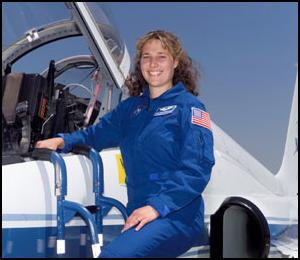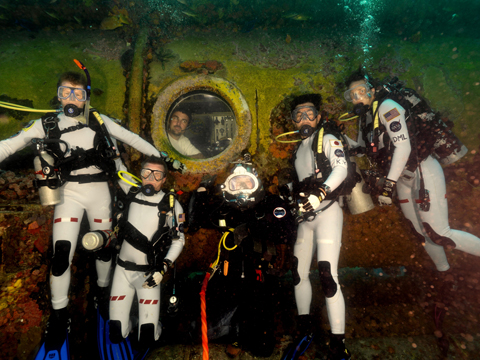Recently,an air pressurized paper rocket launcher being used by an educator failed. Thislauncher is described in NASA’s Rockets Educator Guide, publicationsEG-2011-11-223-KSC, pp. 86-90 and EG-2008-05-060-KSC, pp. 86-90.
NASAcompleted an engineering investigation into the failure and determined that thelauncher, or design equivalents, should not be used. NASA has removed thelauncher design from its website and its education curriculum. Individuals andorganizations should immediately discontinue use of the launcher published inthe referenced NASA publications.
The point of contact for additionalinformation is James Stofan, Deputy Associate Administrator for EducationIntegration at nasaedpartners@nasa.gov. We request that your organization assist NASA in disseminating thisinformation as widely as possible throughout the education community.
PleaseNote: If you leave a comment, do notinclude a link to your blog or other websites. We typically won’t be able toapprove your comment if you add a URL.


